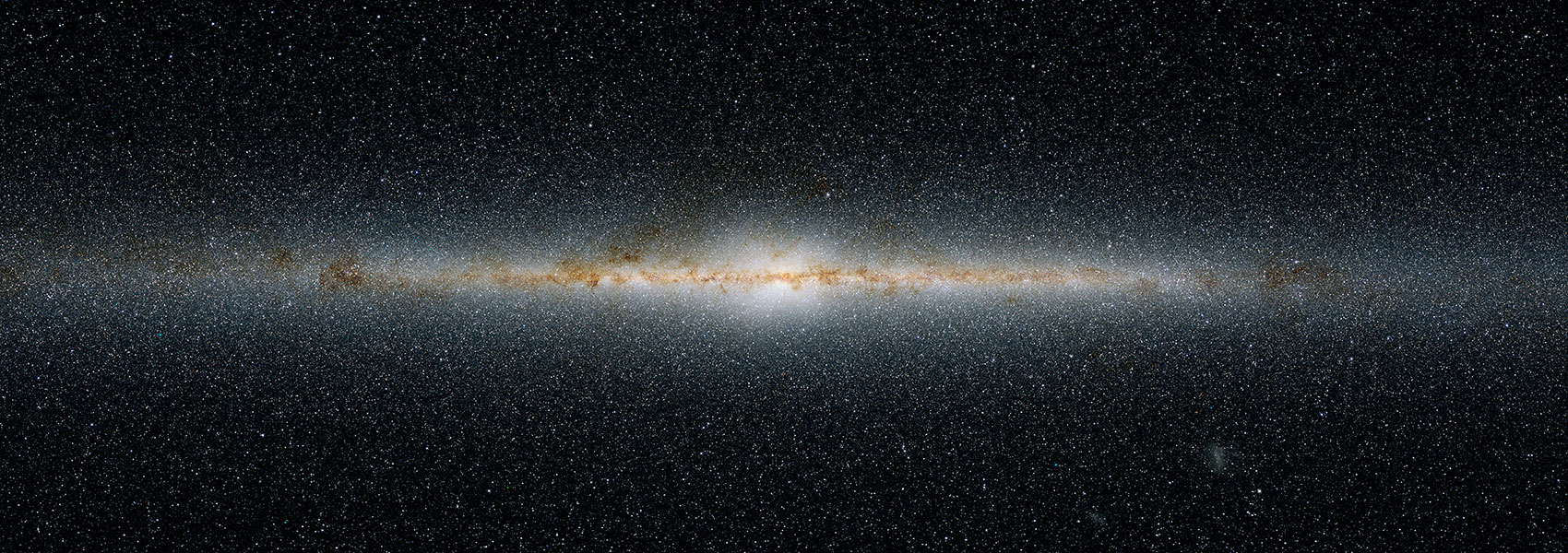September
2009
•
2009ApJ...702..779V
Authors
•
von Braun, Kaspar
•
Kane, Stephen R.
•
Ciardi, David R.
Abstract
•
The probability that an existing planetary transit is detectable in one's data is sensitively dependent upon the window function of the observations. We quantitatively characterize and provide visualizations of the dependence of this probability as a function of orbital period upon several observing strategy and astrophysical parameters, such as length of observing run, observing cadence, length of night, transit duration and depth, and the minimum number of sampled transits. The ability to detect a transit is directly related to the intrinsic noise of the observations. In our simulations of observational window functions, we explicitly address noncorrelated (Gaussian or white) noise and correlated (red) noise and discuss how these two noise components affect transit detectability in fundamentally different manners, especially for long periods and/or small transit depths. We furthermore discuss the consequence of competing effects on transit detectability, elaborate on measures of observing strategies, and examine the projected efficiency of different transit survey scenarios with respect to certain regions of parameter space.
Links




